In the final days of the resistance war against the US to save the country, the Liberation Army saw desolation in every part of the country. Cities, towns, villages, bridges, train stations and roads... were all in ruins, stained black by bombs and time. The Truong Son forest was also black because of the large trees that had been burned down. In the enemy-occupied areas, there were thick rings of barbed wire, sandbags, and black concrete strung across the enemy's front lines, both outside and inside... And it was quiet, dark and cold. We entered Hue at night, both the main roads on both sides of the Huong River and the Citadel were empty, without a single person or light. The same was true of Bach Dang Street along the Han River ( Da Nang ).
But just a few days after our troops entered, scattered groups of people, skeptical, gradually returned. Immediately after that, there were crowds of families riding on xe lam and motorbikes. It was liberation, it was peace ! Hue and Da Nang were lit up with faces and forests of flags. Walking past piles of uniforms and weapons abandoned by puppet soldiers on the road; seeing them shirtless or wearing civilian clothes, I understood that they themselves were liberated. Over there, over there, groups of people from Duy Xuyen, Tam Ky, Quang Ngai, Binh Dinh... came out into the street to wave at our convoy heading south. Behind them were vast open spaces overgrown with grass, makeshift huts made from a few old corrugated iron sheets. The land had been liberated, returning to its original soil and rocks after long years of abandonment, confinement by strategic hamlets, concentration camps plowed by bombs, and contaminated by Agent Orange/dioxin.
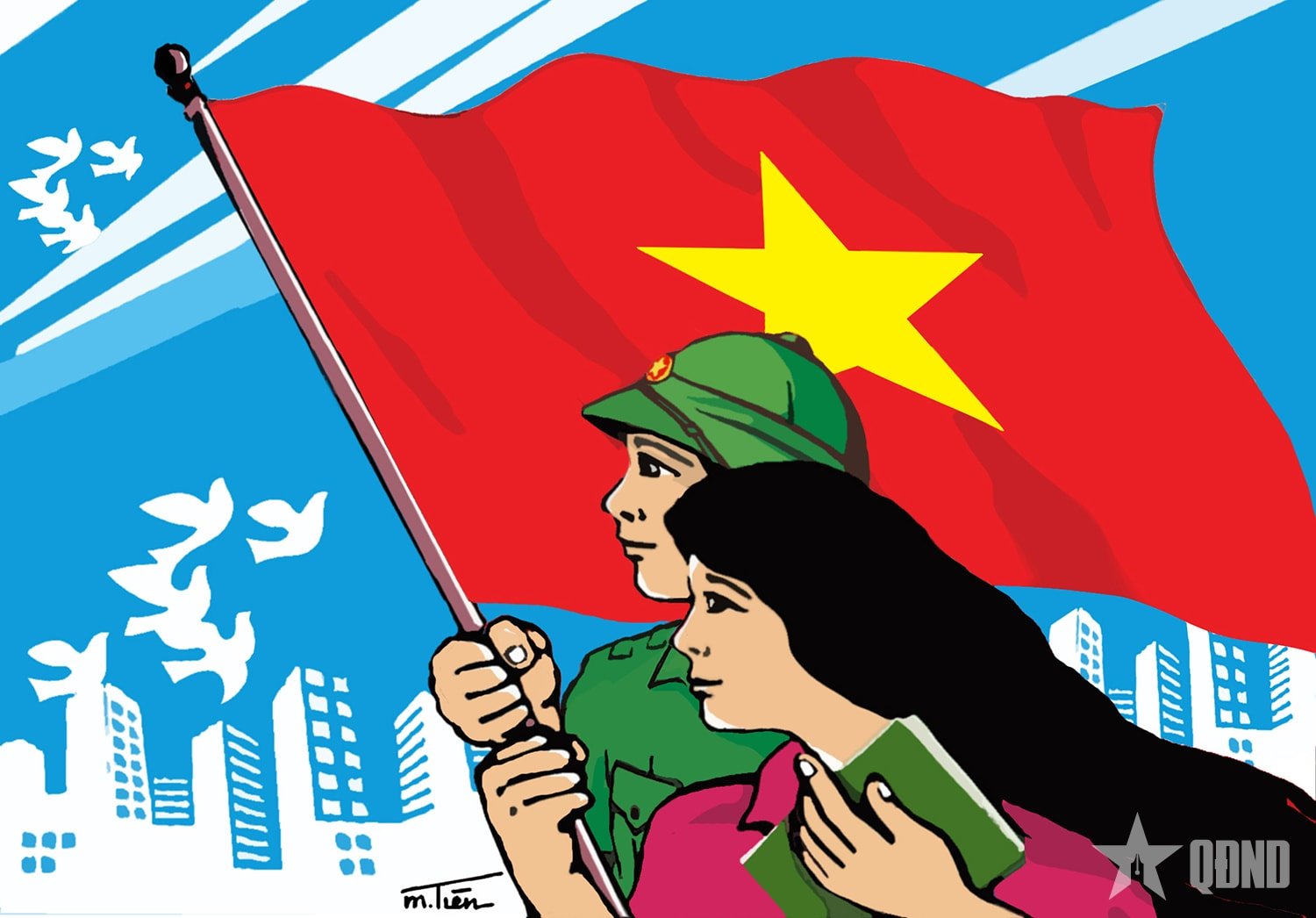 |
| Illustration: MANH TIEN |
***
War is bloodshed, separation, and destruction. Nearly ten years of fighting against French colonialism, then more than twenty years of fighting against American imperialism, several generations of people, a long, very long time. For many people in enemy territory, the war seemed endless. But for the vast majority of cadres, party members, union members, patriotic people, and millions of our soldiers, even in the most fierce years, they always firmly believed that the day of final victory would come. Faith in the Party, Uncle Ho , in the great national unity that overcame all hardships and sacrifices multiplied the boundless strength of the people's war to gain each victory, big and small, throughout the long march to save the country. Only with thirty years of steadfastness and indomitability could we have had the swift March and April of the great Spring victory of 1975. There was the strategic acupoint attack at Buon Ma Thuot, there were the rapid steps of running to chase the enemy, there were the even faster and more daring tank columns, marching and attacking the enemy, that shook and collapsed the entire enemy formation throughout the South. Tonight in Quang Nam , tomorrow night we have arrived in Quang Ngai. Last night in Phan Rang, tonight we have arrived in South Phan Thiet...
Sitting with the soldiers on the vehicle advancing through the night until dawn, the scene of towns and villages appeared before our eyes. Everything was still intact. Although enemy planes were still flying overhead, enemy warships were still firing artillery at our army's advance route along Highway 1, our troops did not suffer many casualties. The same was true for the enemy, seeing the enemy generals at the "Phan Rang defense line" raising their hands in surrender while their uniforms were still intact, we understood that they had not had time to react. And so did Saigon, the Independence Palace.
That is, lightning speed creates beautiful victories, minimizing the loss of human life and the city. That is the way of fighting, the art of ending the war, and also the deep humanity of the righteous gunmen. That is also the complete meaning of the great Spring victory, of the Ho Chi Minh Campaign and the complete victory of April 30; the complete meaning, the complete victory is even more complete when we liberate and master the Truong Sa archipelago and the seas and islands of the Southeast and Southwest of the Fatherland.
***
It is no coincidence that the things that Saigonese people asked me most about were about studying in the North. On the first day after liberation, I went to some places where many people gathered, including the university area known as the “iron triangle”, because this was a hot spot for students fighting against the puppet regime. At the University of Literature, students invited me to stand on the podium to answer their questions along with other lecturers and intellectuals. “When the US bombed day and night, how did you study? How did you eat and live?”; “Out there, did you learn a lot about science and technology, did you learn foreign languages, did you study abroad?”... After liberation, peace, and national reunification, it was natural for everyone to care about the country’s progress and development. Many puppet regime officials and Saigon intellectuals also told me that they believed that Vietnam would be rich and prosperous because of its many talented people and abundant resources. Northerners and Southerners join forces and the country will progress.
That thought, that dream is right and beautiful. However, the country's fate is full of twists and turns. As a reporter for the People's Army Newspaper, I soon learned that Pol Pot's army had occupied some of our islands in the Southwest. Meanwhile, the country had not yet recovered from the war, and was under siege, embargo, hardship, and shortages in many ways. The people of Ho Chi Minh City had to share everything from rice, food to every bit of washing powder, every meter of fabric. Then fire and smoke broke out again in the Southwest and Northern border areas. Blood was shed again by soldiers and people. Again, we saved up to support each bag of rice and load of dried fish for the front. And again, when the wartime bureaucratic subsidy mechanism still existed, the story of "blocking rivers and banning markets" still happened...
But the country was in our hands, everything was gradually overcome and resolved. And then the renovation came. After only one or two rice crops, the whole country had enough to eat. Ration stamps were forgotten and markets gradually opened up in every corner, street, and village. There was something magical and miraculous about it. Renovation brought our country into the 21st century as a stable country in a world with too many changes and fluctuations; a country with a commodity economy, exporting all kinds of agricultural and industrial products; a country with connections, normalization, and equal relations with countries near and far around the world.
***
In fact, although I have been to many places in the North and the South during the long years of the liberation war and the battles to protect the Fatherland, helping our friend Cambodia escape genocide, I have hardly known the beauty of the regions and areas of the country. It was only in the later days, on business trips or peaceful tourism, that I was able to see the green countryside, the vast sea and islands... The inherent beauty of nature has been embellished by human efforts and the scientific perspective of the times, becoming much more attractive. The white sand areas of the Central region have been transformed into dragon fruit fields, wind power fields, and solar power fields. There are also industrial parks and modern tourist areas. The rocky, poor areas have now become factories, workshops, urban areas or warm residential areas. Con Dao, when I went with the Navy to welcome political prisoners back after the liberation day, could not be called beautiful, because it was just a row of stuffy, suffocating prison camps. Phu Quoc is the same. And then, today, the imprisoned islands have become dreamy paradises. And where is the most beautiful view of Saigon-Ho Chi Minh City? One day in early May 1975, I did not have that feeling the first time I went on an American warship, a spoil of war of our army, to join the filmmakers to capture images along the Saigon River. Many times after that, it was the same. It must be now, when the magnificent high-rise buildings are reflected in the blue sky. The "Pearl of the Far East" appears here...
Happily, these days, we, the "old soldiers with silver hair", have been told about the great spring victory and have been able to talk about our feelings before the great changes of the country over the past 50 years. There are things that seem to come back on every journey. The resistance revolution is constantly advancing. Innovation is relentless. If the speed of the past was about seizing opportunities, turning "time into force", then today we have returned to the rhythm of peacetime, returning to the original meaning of the proverb "time is money". To overcome backwardness, stagnation and the middle-income trap, we must and can definitely accelerate the pace of innovation. Liberation now means liberating potential, human strength and wealth. One day now means how many more meters of highway, how many high-rise buildings, how many shelters for the poor, how many units of products in each economic sector, how many changes in digital transformation, in streamlining the apparatus, in preventing and curing old and new diseases... Now, one hour, one minute is the speed of action, reaction to global political and economic fluctuations... "The nation's destiny has come, dawn shines everywhere, building a bright and eternal country".
The song “Marching to Saigon” during the war is resonating with historical memories. Faced with the new challenges of the times, we have the invincible legacy created by the revolution and resistance: independence, autonomy, self-reliance, and the fate of the country in our hands, in our own hands. In the eyes of us old soldiers, each day, each month of building peace has been and is paying off the countless sacrifices, losses, and undying heroism of the resistance war to save the country.
Essay by MANH HUNG
Source: https://baodaknong.vn/van-nuoc-tu-tay-ta-251121.html



![[Photo] Vice President Vo Thi Anh Xuan, French President Emmanuel Macron and his wife visit Hanoi University of Science and Technology](https://vphoto.vietnam.vn/thumb/1200x675/vietnam/resource/IMAGE/2025/5/27/267b6f2bdf3e46439f081b49f6ec26b1)
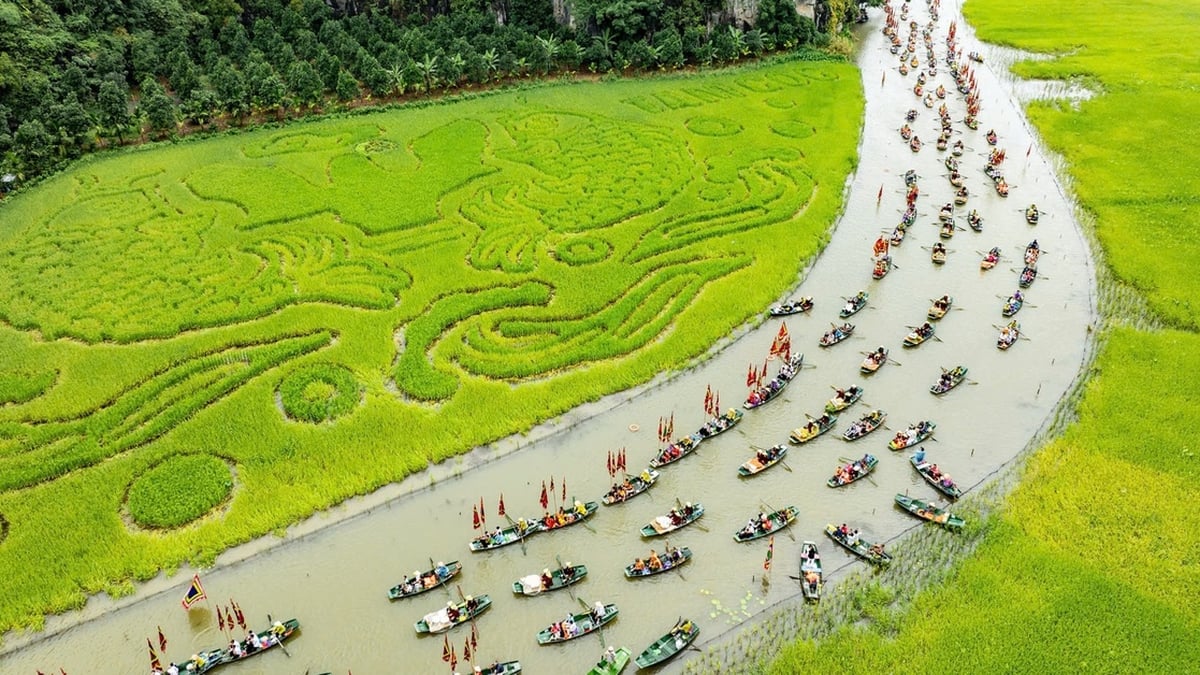


![[Photo] Hungarian President begins official visit to Vietnam](https://vphoto.vietnam.vn/thumb/1200x675/vietnam/resource/IMAGE/2025/5/27/ab75a654c6934572a4f1a566ac63ce82)
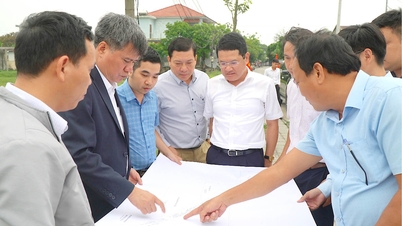

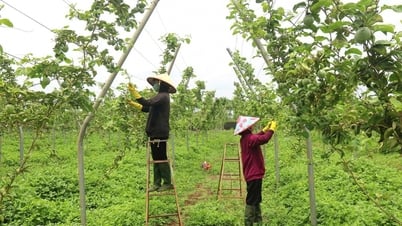

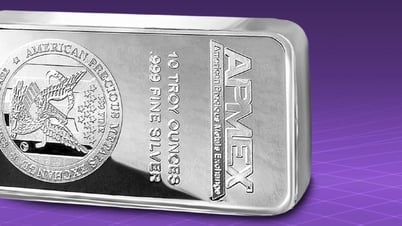

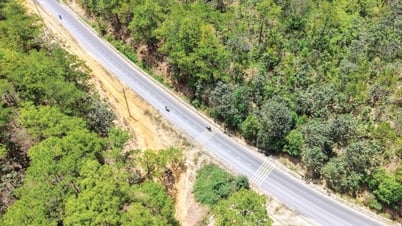

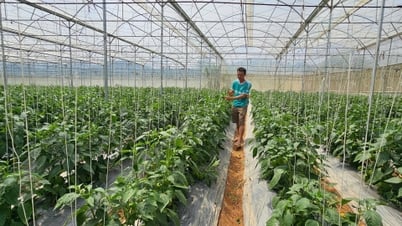
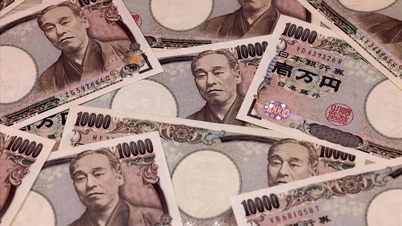





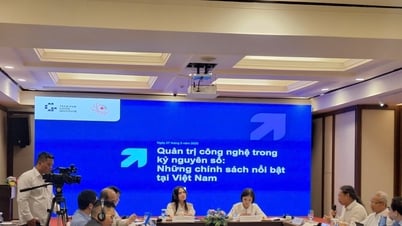

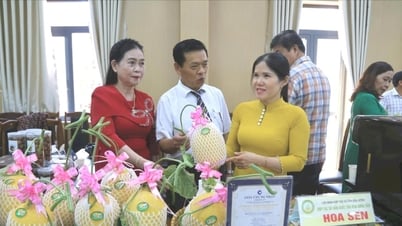
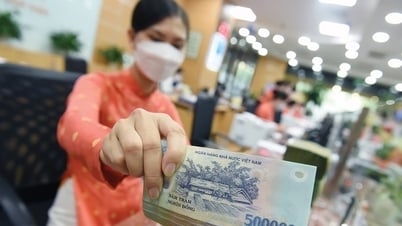
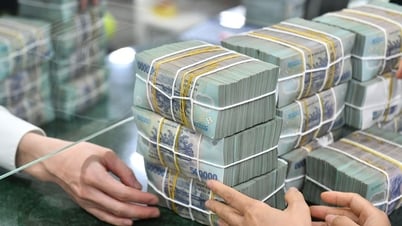
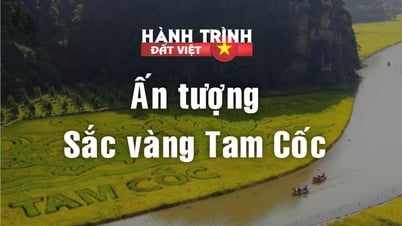

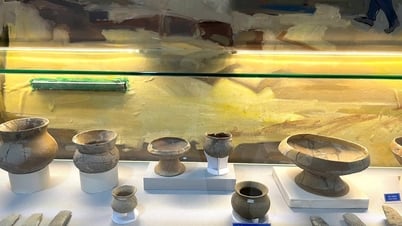

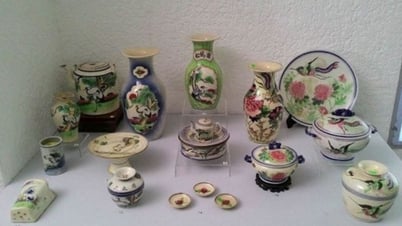

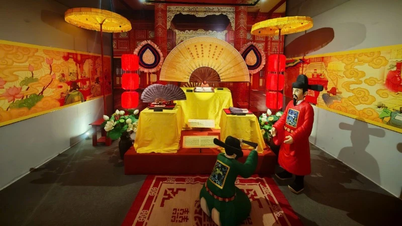

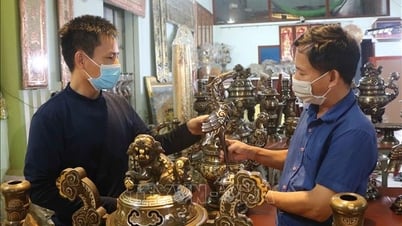
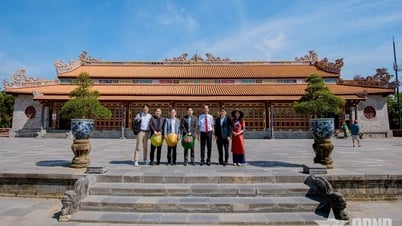





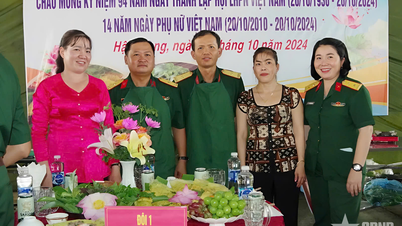
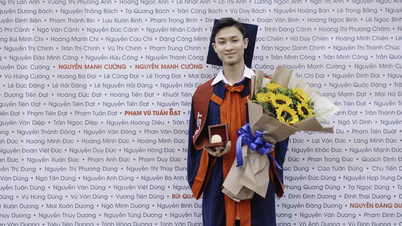

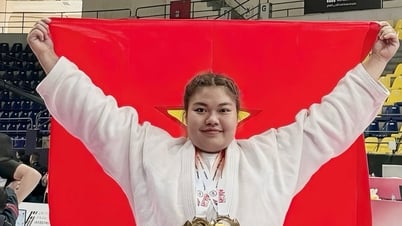


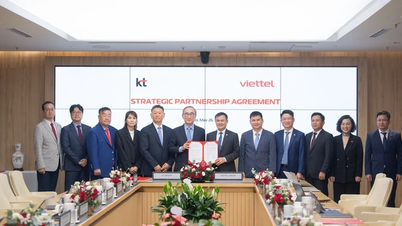
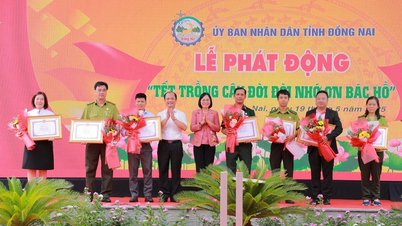
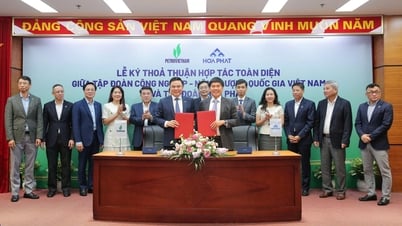

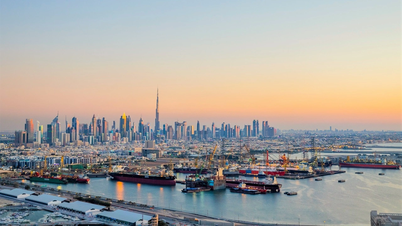

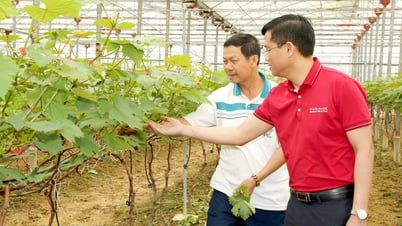


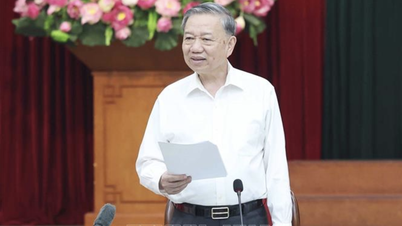
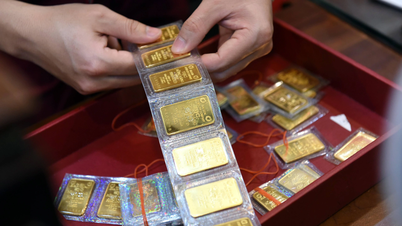
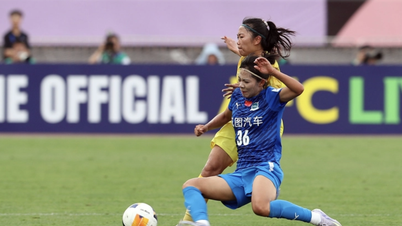
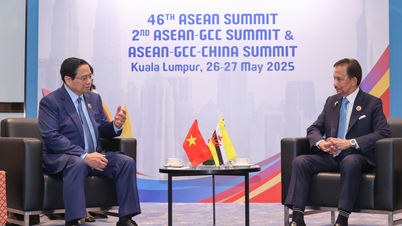

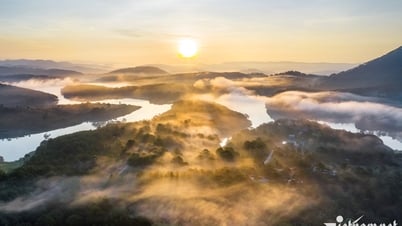
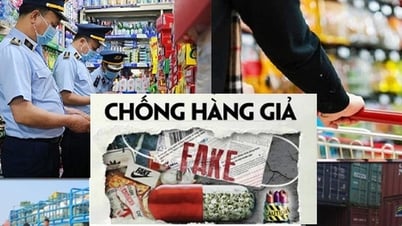



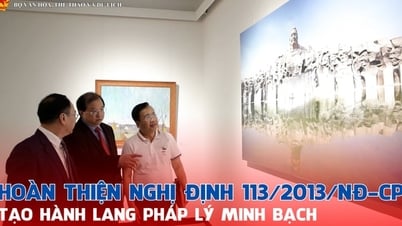
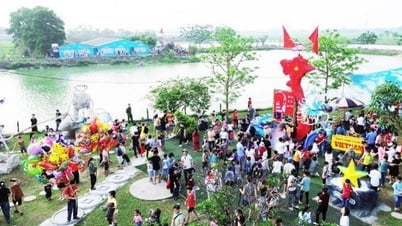
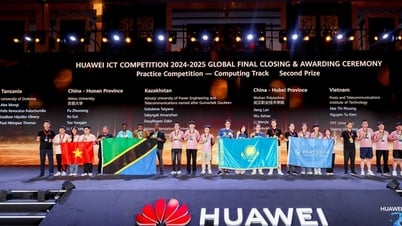

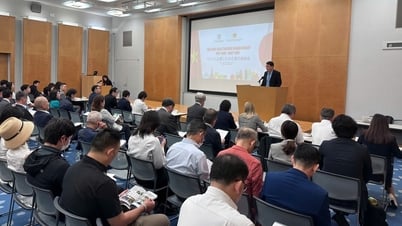
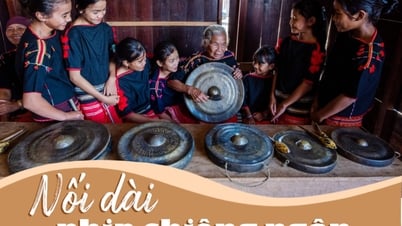


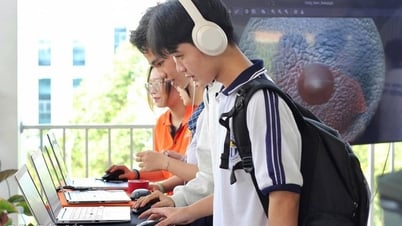
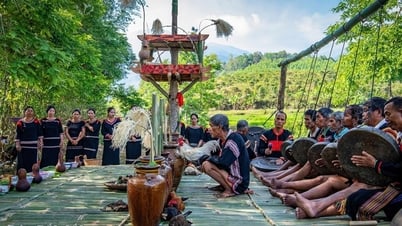
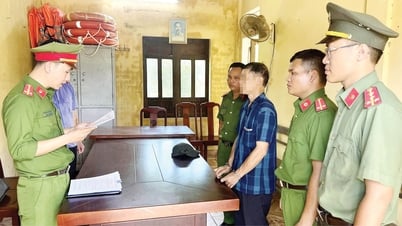

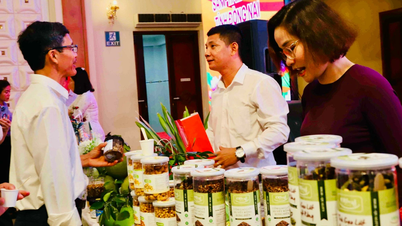

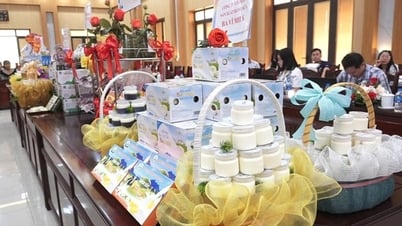

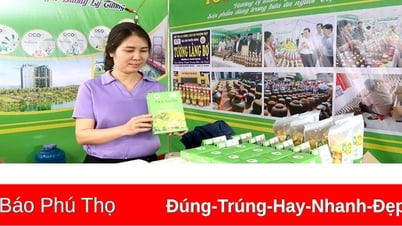

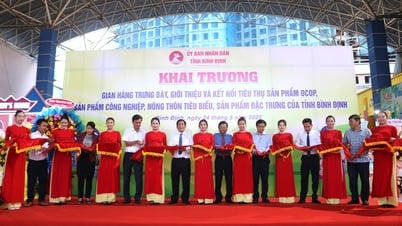

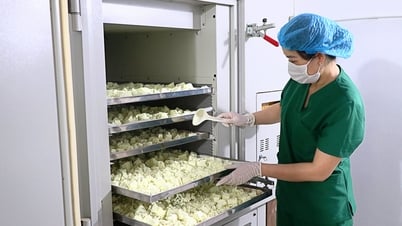



Comment (0)